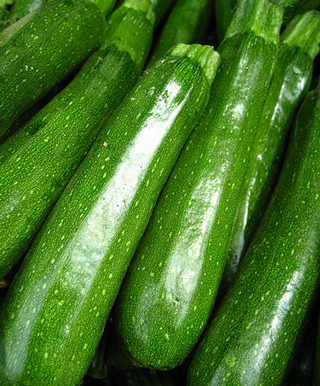
The students made zucchini balls by grating zucchini, mixing it with bread crumbs, rolling the mixture into balls, and then baking them in the oven. (Image courtesy of Jeremy Keith of Flickr. CC-BY.) In this lesson, you will learn:
How to prepare:
|
Lesson 5
Course Info
Instructors
Departments
As Taught In
Spring
2012
Level
Learning Resource Types
theaters
Lecture Videos
assignment
Activity Assignments
Instructor Insights










